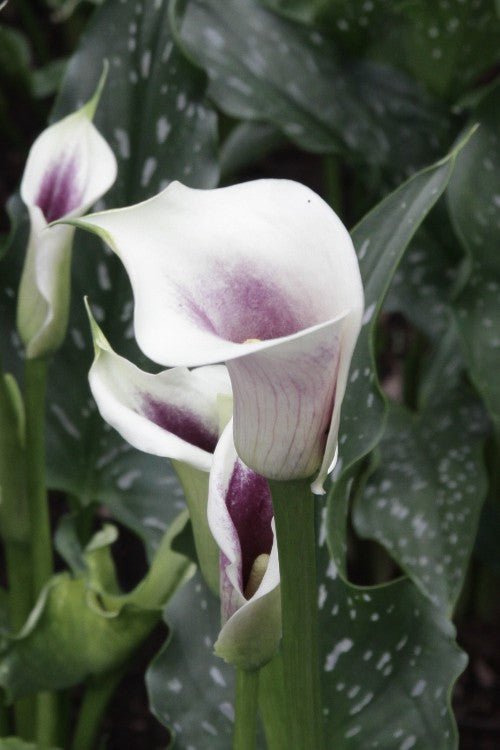
Picasso
895
$8.95
Unit price perAbout Picasso
The Calla Picasso is a stunning and unique addition to any garden or indoor space. With its bi-colored vibrant, deep purple and lilac cream blooms and striking dark foliage, this plant is sure to make a statement.
- Vibrant, deep purple and lilac blooms
- Striking dark foliage
- Perfect for indoor or outdoor spaces
- Easy to care for and maintain
- Mostly found by lakes in moist soils
- Flowers from June till August
How to care for Picasso
- Provide it with well-draining soil and place it in a location with partial shade to full sun.
- Water your Calla Lily Picasso regularly, keeping the soil consistently moist, but not waterlogged.
- Fertilize every 4-6 weeks during the growing season with a balanced, slow-release fertilizer.
- To encourage new growth and maintain the plant's appearance, remove dead or yellowing leaves, and cut back spent blooms.
- In colder climates, consider digging up and storing the rhizomes indoors over winter to protect them from freezing temperatures.
FAQs

